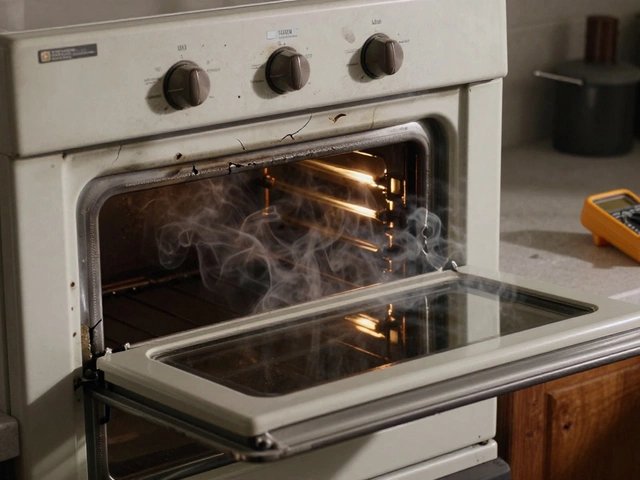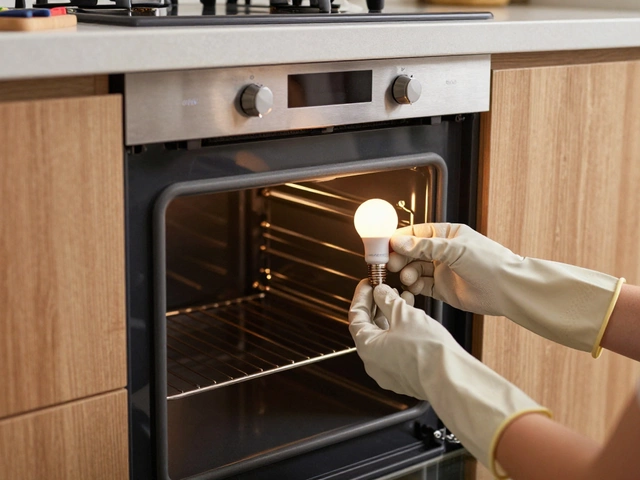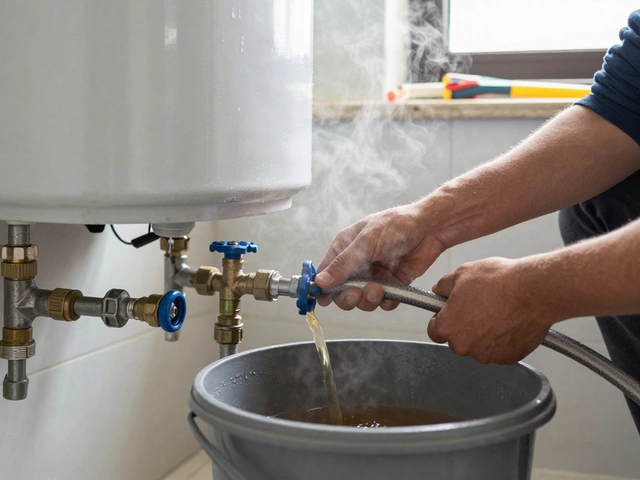Old Laptop Repair Guide: Fix, Upgrade, or Replace
Feeling frustrated with that ancient laptop you can’t seem to get moving? You’re not alone. Many of us hang onto older machines because they still hold our files, memories, and a few favorite apps. The good news? A lot of the common hiccups can be solved at home, and when they can’t, it’s easier to decide whether a repair or a fresh start makes sense.
Common Problems and Easy Fixes
First, let’s tackle the usual suspects. If the laptop is running slow, start by cleaning out junk files and disabling unnecessary start‑up programs. A quick disk cleanup and a free CCleaner run can shave minutes off boot time. Next, check the RAM: most laptops let you pop open a panel on the bottom and add a stick. Upgrading from 4 GB to 8 GB often gives a noticeable boost.
Overheating is another frequent issue. Dust builds up in the fan and heatsink, causing the system to throttle. Grab a can of compressed air, blow out the vents, and if you’re comfortable, remove the bottom case to clean the fan blades directly. Re‑applying a thin layer of thermal paste on the CPU can also lower temps, but only do this if you’re confident with a bit of tinkering.
Battery woes are common on old laptops. If it won’t hold a charge beyond an hour, consider swapping the battery. Most manufacturers sell replacements, and the process usually involves unscrewing a few bolts and unplugging a connector. If the battery is hard‑to‑find, a universal third‑party battery can work, just double‑check the voltage and capacity.
Upgrade Options to Extend Life
Sometimes a repair isn’t enough, but an upgrade can breathe new life into the machine. Replacing a traditional hard drive with an SSD is one of the most impactful upgrades. SSDs load the OS and apps in seconds, making the whole experience feel modern. Prices have dropped, and you can clone your existing drive before swapping to avoid reinstalling everything.
If the screen is dim or has dead pixels, consider a screen replacement. While it sounds daunting, many online guides walk you through the step‑by‑step process, and the part itself isn’t pricey for most 14‑15‑inch models. Don’t forget to check if the display cable is loose; a reseat can solve flickering issues without any new parts.
Finally, think about the operating system. Upgrading from Windows 7 to Windows 10 (or even a lightweight Linux distro) can improve security and performance, especially if the hardware meets the minimum specs. Linux runs smoothly on modest CPUs and can extend the usable life of a laptop that struggles with newer Windows updates.
When you’ve tried the fixes and upgrades but the laptop still crashes, won’t boot, or has a broken motherboard, it’s time to weigh the cost of a professional repair against buying a new device. As a rule of thumb, if repair costs exceed 50 % of a comparable new laptop, replacement is the smarter move.
In short, give your old laptop a chance with a clean‑up, a RAM bump, or an SSD swap before you decide it’s time to say goodbye. Most problems are cheaper to fix than you think, and a few smart upgrades can keep the machine useful for years to come.
21 February 2025
·
0 Comments
Thinking about fixing your 7-year-old laptop? We dive into the nitty-gritty of whether repairing or upgrading your trusty old machine is a wise investment. Consider factors like cost, performance, and the latest tech trends before making a decision. Get practical tips and insights on extending the lifespan of your laptop or deciding if it's time to say goodbye.
Read more






